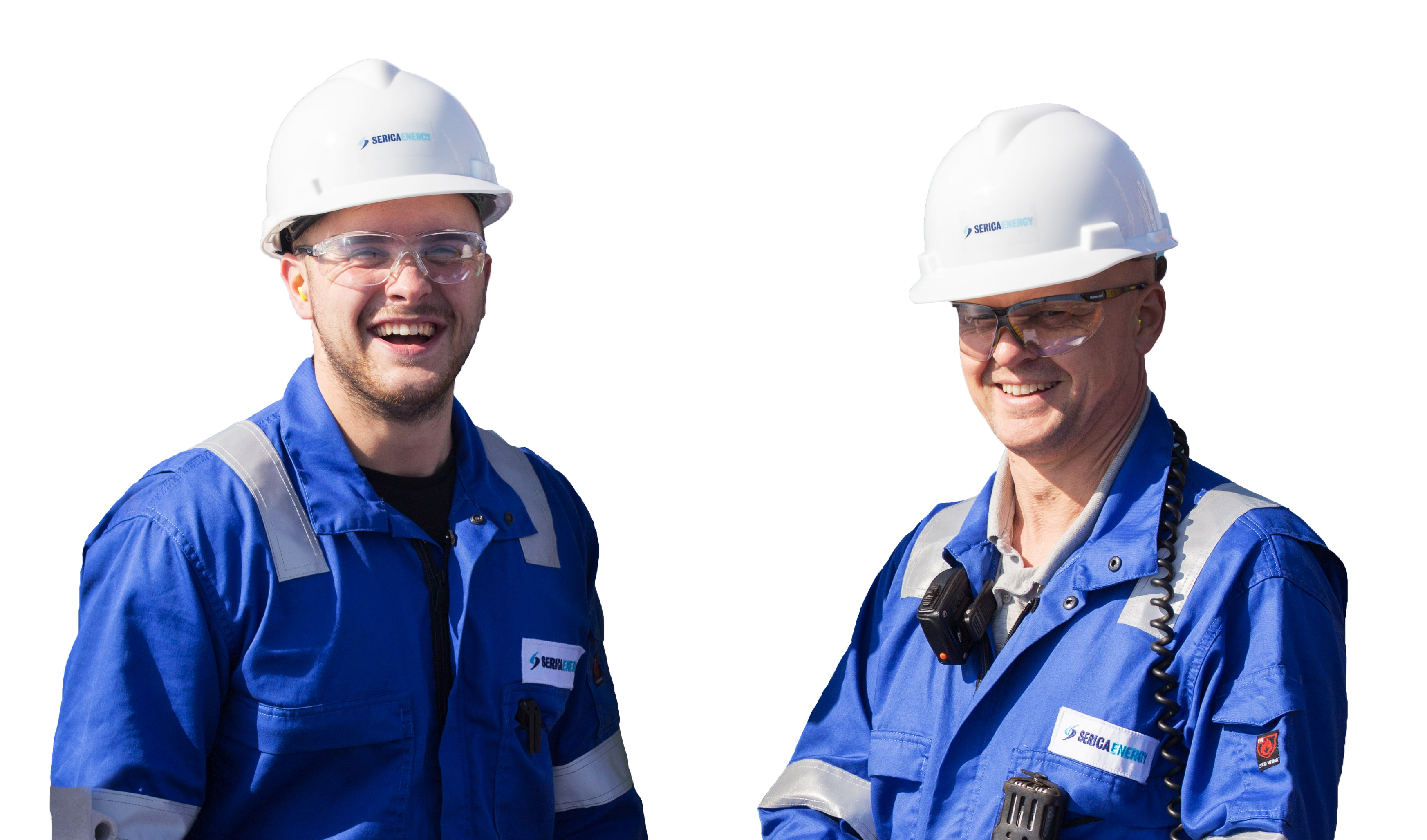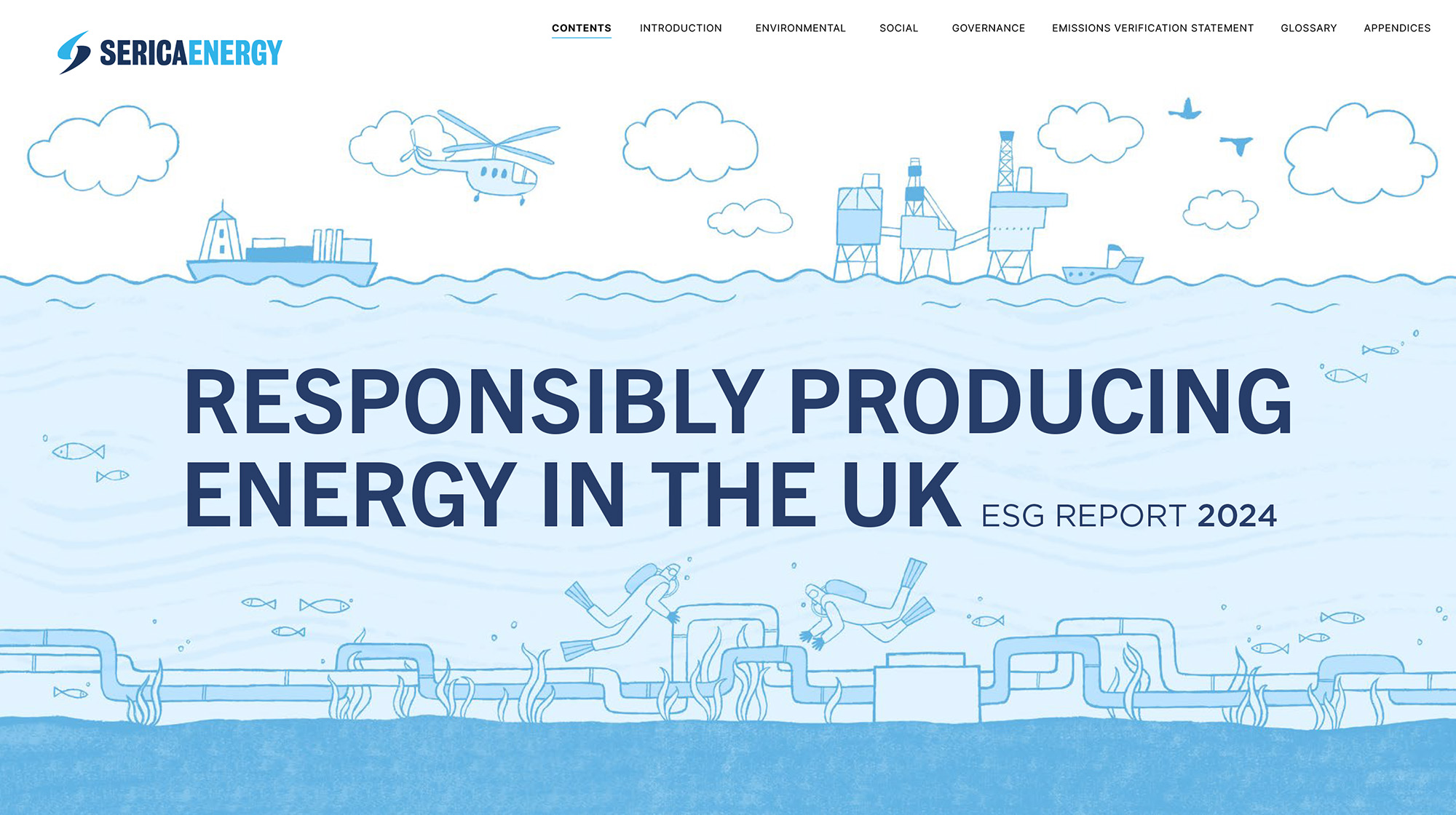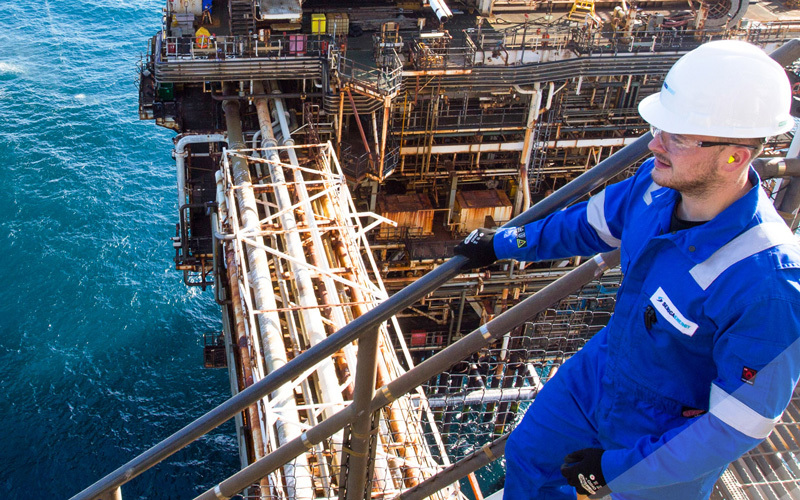Environmental
Our approach to ESG is a simple one; work to reduce the environmental impact of our operations, support our people and communities and run our business in a transparent and responsible manner.
To achieve this, we hope to inspire all our staff to live up to Serica’s CLEAR values, of communication, learning, empowerment, accountability and respect, and take ownership and pride to drive progress in our ESG and operational goals.
Our ESG Report details our approach to environmental management and supporting industry wide targets and initiatives.
Read more about our...
Latest environmental initiatives...
Loading...








